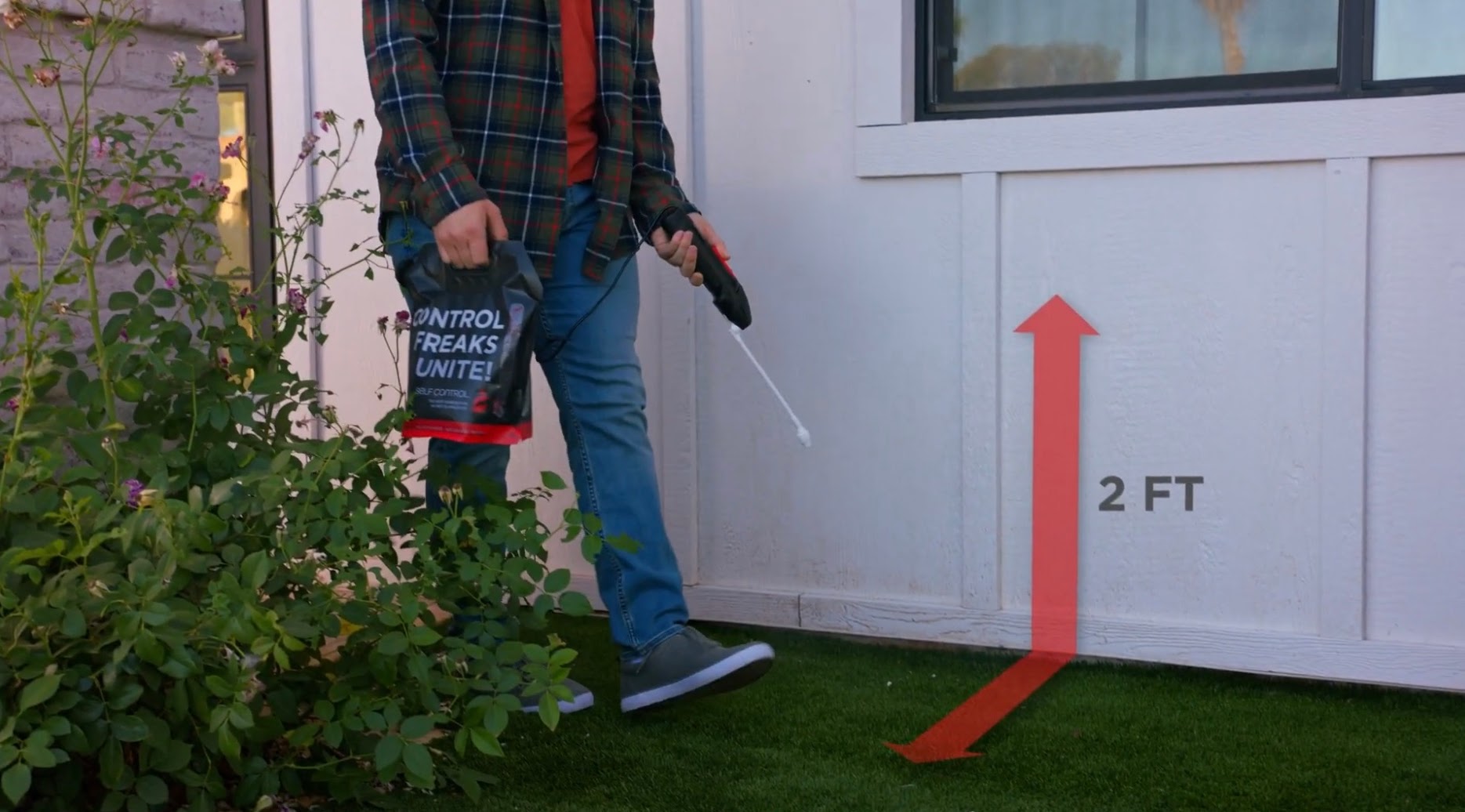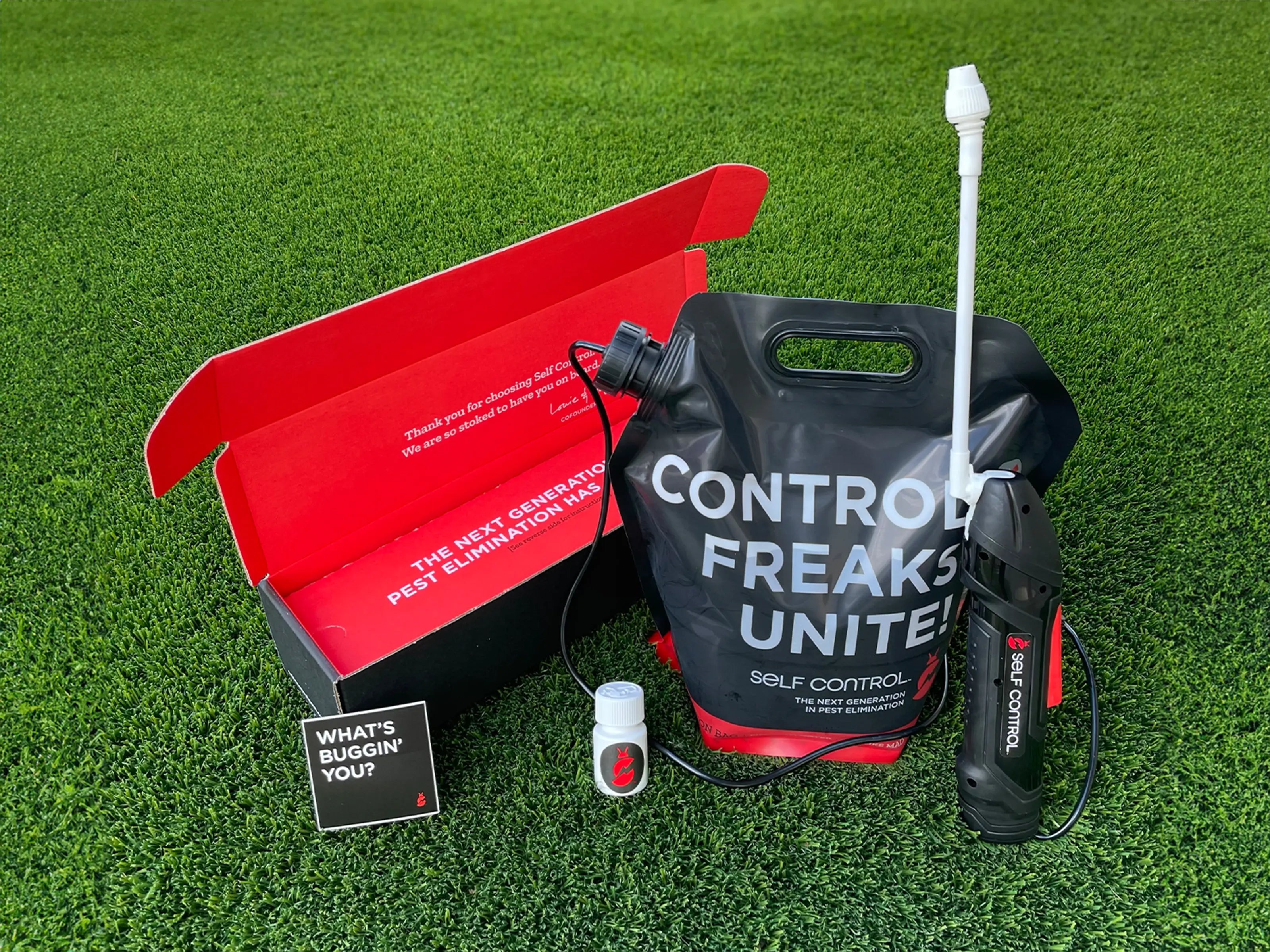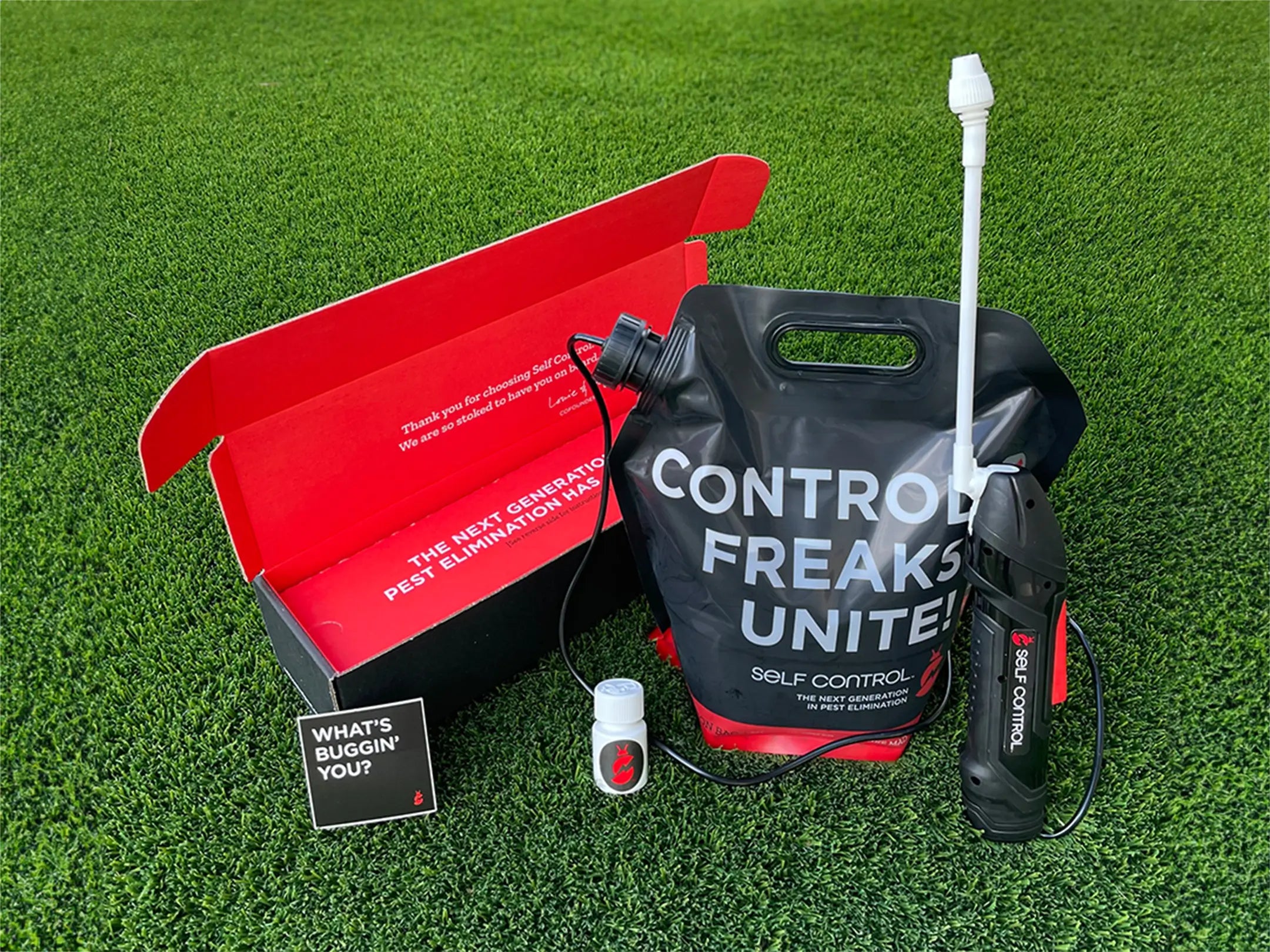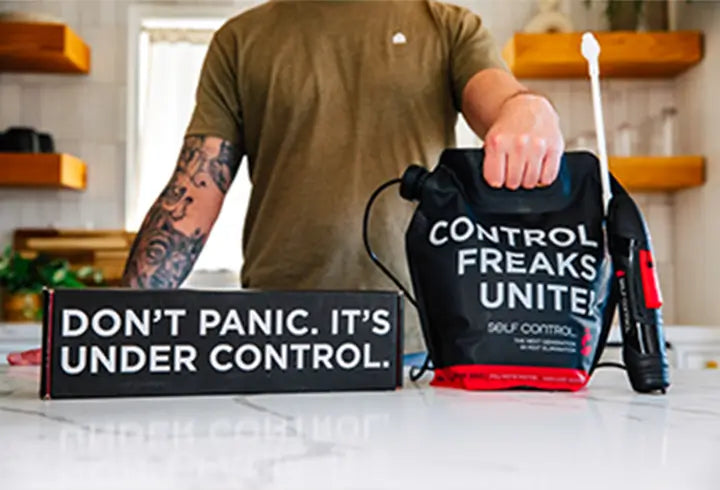
Pest repellers are increasingly becoming famous for pest control. These devices emit ultrasonic, electromagnetic, or sonic sound waves that repel pests like rodents, roaches, spiders, and other insects. However, the question most frequently asked is: Do pest repellers work and are they effective in keeping these pests away?
Do Pest Repellers Actually Work?
No, pest repellers do not actually work as they are advertised. While the devices may make some pests temporarily move away, no scientific evidence supports the claim that sound waves can effectively repel and keep them away for good. The devices only make certain pests temporarily move away. Sometimes, the pests may become accustomed to sound waves, rendering the repeller ineffective.

Furthermore, some pest control companies have conducted studies to corroborate claims made by manufacturers of these pest-repelling devices. Most of the research found that these devices were effective in temporarily repelling some pests and not others. There were also varying levels of success depending on the device used and the type of pest being targeted.
Therefore, it’s essential to consider all available information before investing in a pest-repelling device. Generally, the traditional pest-control methods (such as traps and baits) are more reliable and effective, providing long-term control of pests. You only need to use pest repellers as secondary measures in severe cases.
How Do Pest Repellers Work?
Pest repellers emit sound waves to repel, confuse, or irritate pests. Ultrasonic devices, in particular, emit high-frequency sound waves that humans can’t hear and are audible to rodents and insects. Other types of pest-repelling devices include those that generate electromagnetic or sonic sound waves.
The idea is that pests are naturally repelled or confused by these waves and will move away from them. In theory, this would reduce the number of pests in an area and deter them from returning.
However, the effectiveness of these devices varies greatly depending on a variety of factors, such as:
- The type of pest repeller being used: The type of sound waves a device emits affects its effectiveness. For example, ultrasonic repellers may be less effective in some cases than electromagnetic devices.
- The type of pest: Sound waves affect pests in different ways. Some are interrupted by these waves, while others may become accustomed to them.
- The environment: Depending on the environment, some pests may be less affected by waves, while others may be more sensitive.
- The type of pest being targeted: What works for one pest may not work for another. Ensure that the pest repeller you choose is designed to target the specific type of pest you’re trying to repel. For instance, some devices are designed for indoor use, while others are meant to target outdoor pests.
-
The intensity of the sound waves: The intensity of the sound plays a role in how effective the device is. If the waves are too weak, they may be ineffective. You need a moderate level of sound intensity to repel the pests.

What Can Types of Pest Be Repelled?
Before selecting a pest repelled, it’s essential to understand if you need pest control and know the type of pest you are trying to repel. This will help you determine the most effective type of pest repeller. Common pests that can be repelled include:
- Rodents like mice, rats, and squirrels
- Insects like beetles, flies, mosquitoes, and cockroaches
- Birds like pigeons and sparrows
- Reptiles and amphibians like snakes and frogs
What Are the Alternatives to Pest Repellers?
Other pest-control methods are available if you don’t want to rely on sound waves to repel pests. Remember that these methods are more reliable and effective in the long term pest control maintenance. Some of the traditional pest-control methods include:
Baits and Traps
Baits and traps are one of the most common methods for controlling pests. They use food or other attractants to lure and trap pests, which can then be removed. When pests enter the trap, they are either killed or relocated.
Examples of baits and traps include glue-based traps, snap traps, electronic rodent control devices, and poison baits. When using these devices, always follow the instructions and safety measures outlined by the manufacturer. Also, remember that these traps' effectiveness may vary depending on the type and size of the pest.
Insecticides
Insecticides can kill many pests, including insects, rodents, and other animals. They are available in various forms, such as sprays, dust, and liquids. Many insecticides contain toxic chemicals which can be hazardous to humans and animals. So, use caution when applying insecticides, and always follow the instructions on the label.
If you don't know how to get rid of pests by yourself, consulting an experienced pest control expert is always a good idea. Self Control Pest is your go-to source for pest control and extermination services. With years of experience, we have the expertise to handle any infestation problem you may encounter. We also educate our customers about the most effective pest-control methods and help them to make informed decisions.

Physical Barriers
Physical barriers such as screens, caulking, and mesh can be used to keep pests from entering your home. These are best used as a preventative measure, as they can help to block the entry points where pests may enter.
This method is generally more effective in the long term and safe for the environment, as it does not require toxic chemicals.
Biological Control
Biological control is another effective method for controlling pests. It involves introducing a predator or natural enemy of the pest, such as beetles that eat aphids, to reduce its population. This method is safe for the environment and can be used with other pest-control methods.
Frequently Asked Questions
Is It Safe to Use Pest Repellers?
Yes, pest repellers are generally safe for humans and animals when used as directed. However, some people may be sensitive to sound waves, so you must check with your doctor if you have any concerns.
Where Do You Put Ultrasonic Pest Repellers?
Ultrasonic pest repellers should be placed in areas where the pests are active. This could include closets, attics, basements, and other areas with a high concentration of pests.
Conclusion
Repeller devices can be a great way to repel pests and other unwanted critters. However, their effectiveness may vary depending on the type of pest and offer only short-term relief. Traditional methods, such as bait, traps, and insecticides, are more reliable and important for long-term control pest control.



Comments (0)
Back to Critter Chronicles